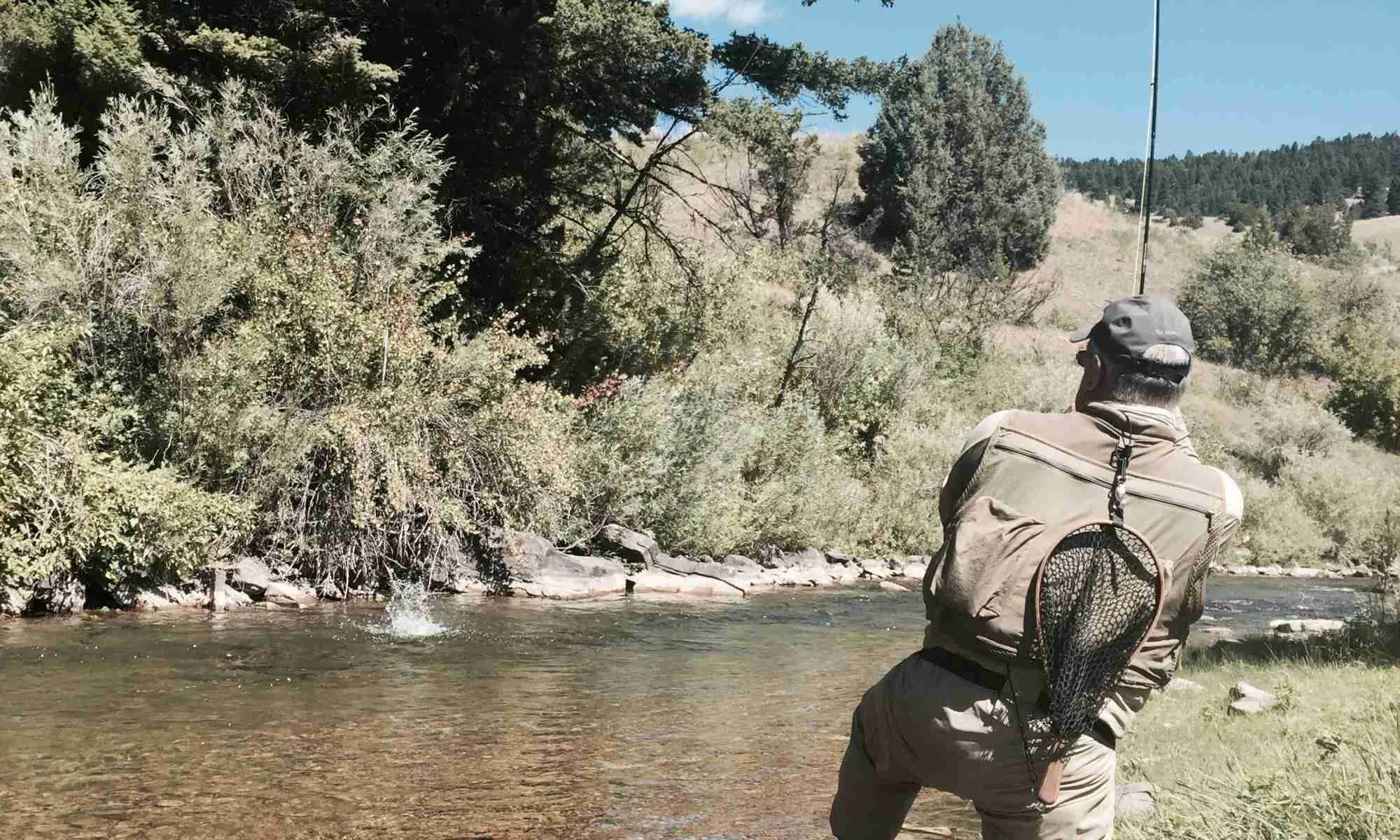Rocky Mountain National Park provides an unmatched fishing opportunity with more than 150 miles of streams and rivers filled with various types of fish. Anglers of any expertise level can enjoy Rocky Mountain National Park fishing. The park’s fishing options encompass rainbow trout, cutthroat trout, brown trout, brook trout, and the rare Arctic grayling. These waters are famous for their stunning scenery and excellent fishing chances, creating a special and unspoiled environment for a day of fishing. Find out more details about the principles, costs and the best places to fish through the following article with nationalparkshops.com!
Rocky Mountain National Park Fishing Overview
Fishing is a popular activity in Rocky Mountain National Park, where efforts are made to maintain a balance between fishing and preserving the natural aquatic environment. The park has been actively working since the 1970s to restore native cutthroat trout populations, which have now been successfully reintroduced.
In addition to cutthroat trout, the park is home to brown, brook, rainbow, Colorado River, and Yellowstone trout, as well as suckers and sculpin. However, many of the high altitude lakes in Rocky Mountain National Park do not have self-sustaining fish populations due to the cold water temperatures and lack of suitable spawning grounds.
Rocky Mountain National Park fishing is an enjoyable activity for people of all ages, but it is important to be aware of and follow the rules and regulations set by the park. Before embarking on a fishing trip in Rocky Mountain National Park, it is essential to familiarize yourself with which waters are open for fishing and which are off-limits to ensure that you are fishing responsibly and in accordance with the park’s guidelines.
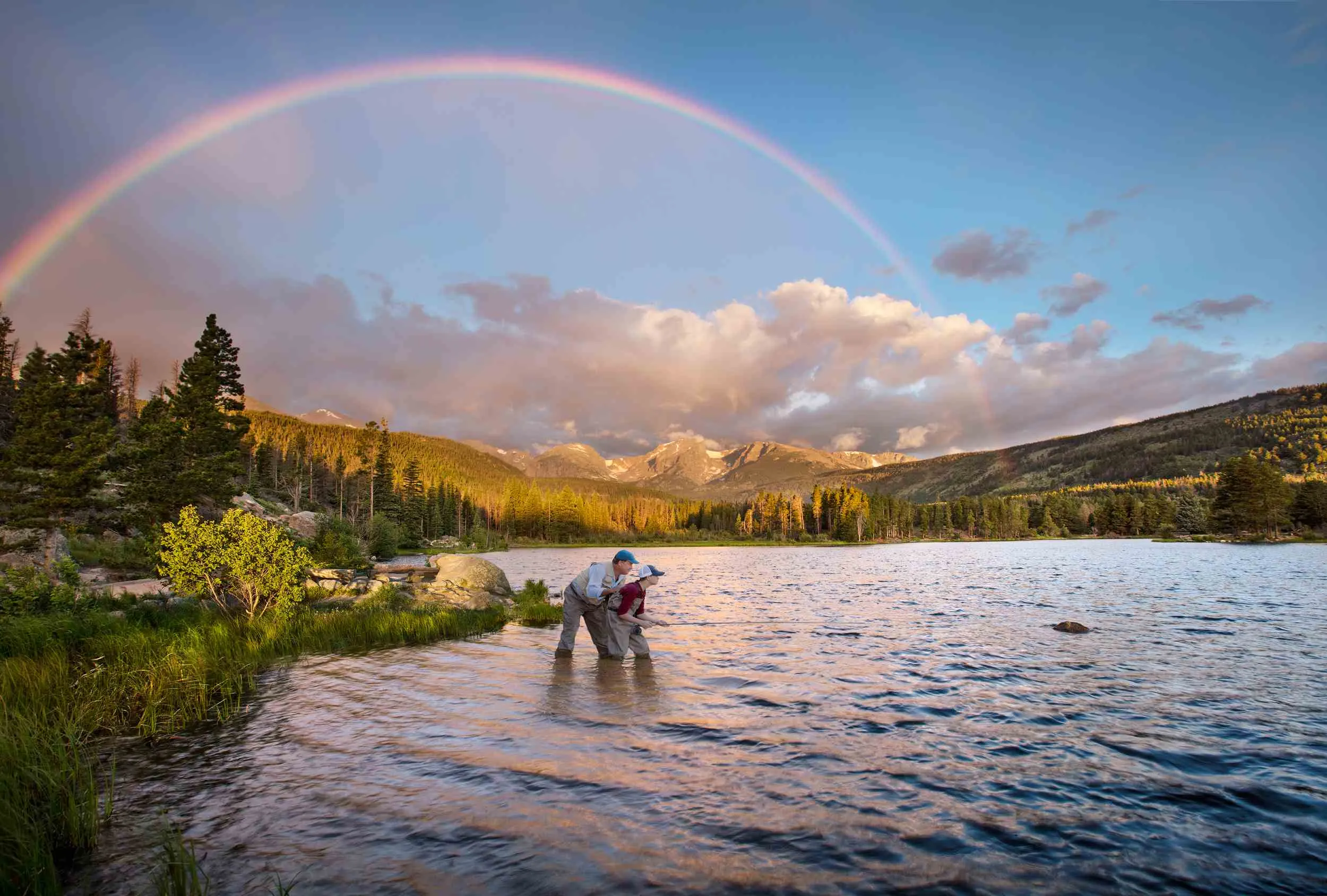
Licenses and Fees in Rocky Mountain National Park
To Rocky Mountain National Park fishing, individuals who are 16 years old or older must have a valid Colorado fishing license. No additional permit is required, but specific regulations must be followed, and it is the angler’s responsibility to be aware of and adhere to them.
Fishing licenses and Habitat Stamps can be purchased from various license agents located in shops across Colorado, as well as online.
The cost of a fishing license varies depending on whether the individual is a resident or non-resident of Colorado. The license year runs from April 1 to March 31.
For residents aged 18-64, an annual license costs $36.08, while non-residents pay $100.57. There are also options for combination licenses, senior annual licenses for those 65 and older, youth annual licenses for 16-17-year-olds, as well as five-day and one-day licenses available at different prices for non-residents and residents.
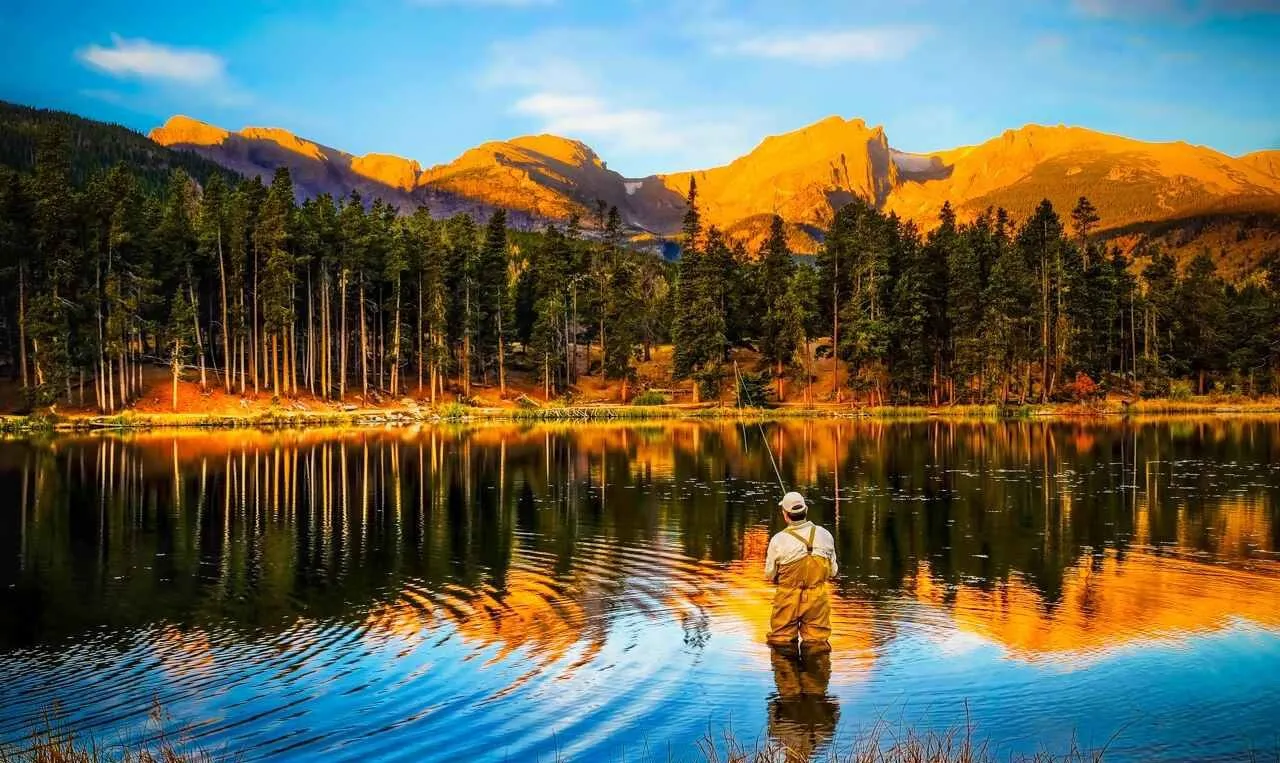
Rocky Mountain National Park Guidelines
Aquatic threats are commonly found in lower elevation areas, so it is recommended to start your cleaning process at the top of drainage and move downstream to prevent the spread of these threats during your Rocky Mountain National Park fishing adventures. It is crucial not to transfer fish between different bodies of water as this can lead to the spread of harmful aquatic species. Additionally, avoid disposing of fish entrails in any water sources to prevent contamination.
Using felt wading soles on your boots should be avoided as they can trap debris and organisms that may spread aquatic threats. Instead, opt for rubber soles or other non-absorbent materials. To effectively disinfect your gear, begin by removing all mud, snails, algae, and any other debris from nets, boots, waders, and other equipment. Then, soak and stir all gear and tools in a solution of 10% household bleach or a mixture of 6 oz Sparquat per gallon of water for at least 10 minutes.
If using a household bleach solution, freeze the gear overnight or soak it in a 1:1 solution of Formula 409 antibacterial household cleaner for more than 10 minutes. Alternatively, soak the equipment for over a minute in water that is 120 degrees F or warmer. If Sparquat was used, you can skip this step. Finally, dry the gear in direct sunlight with temperatures of at least 84 degrees F for four hours to ensure that any remaining organisms are eliminated. By following these steps, you can help prevent the spread of aquatic threats and protect the water ecosystems in Rocky Mountain National Park.
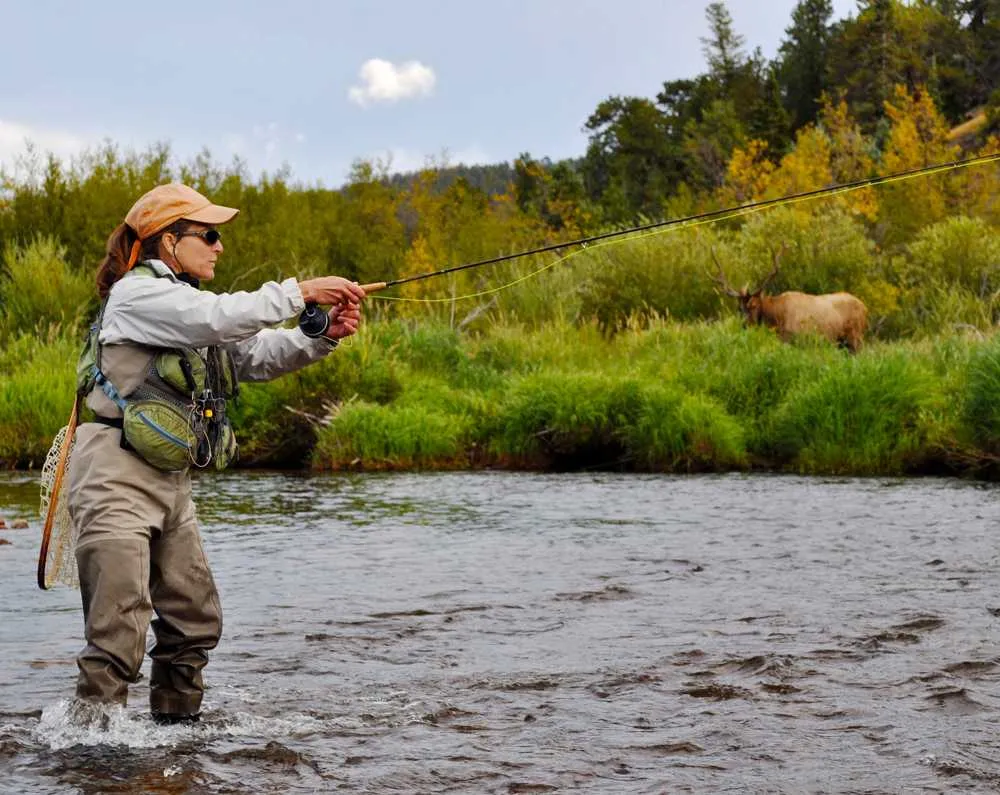
Top 5 Fly Fishing Rivers in Rocky Mountain National Park
Big Thompson River
The Big Thompson River, a well-known trout stream in Colorado, is a favorite spot for fishermen of varying abilities. As it passes through Moraine Park and the Big Thompson Canyon, this river provides a range of fishing options. There are tranquil pools perfect for dry fly fishing as well as swift runs suitable for nymphing or streamer fishing. With brown trout, rainbow trout, and brook trout inhabiting the Big Thompson, it is an excellent choice for both novice and experienced fly fishermen looking for diverse catches.

Colorado River
The Colorado River, which begins in Rocky Mountain National Park, is a famous river that flows through some of the most stunning scenery in the western United States. Anglers can enjoy great fly fishing at the river’s source in the park, targeting native cutthroat trout and lively rainbow trout. Fishing in the Colorado River allows visitors to experience its picturesque views and follow in the footsteps of early settlers and adventurers, creating lasting memories at this exceptional fly fishing spot. Rocky Mountain National Park fishing offers a unique blend of natural beauty and rich history, making it a must-visit destination for fishing enthusiasts.
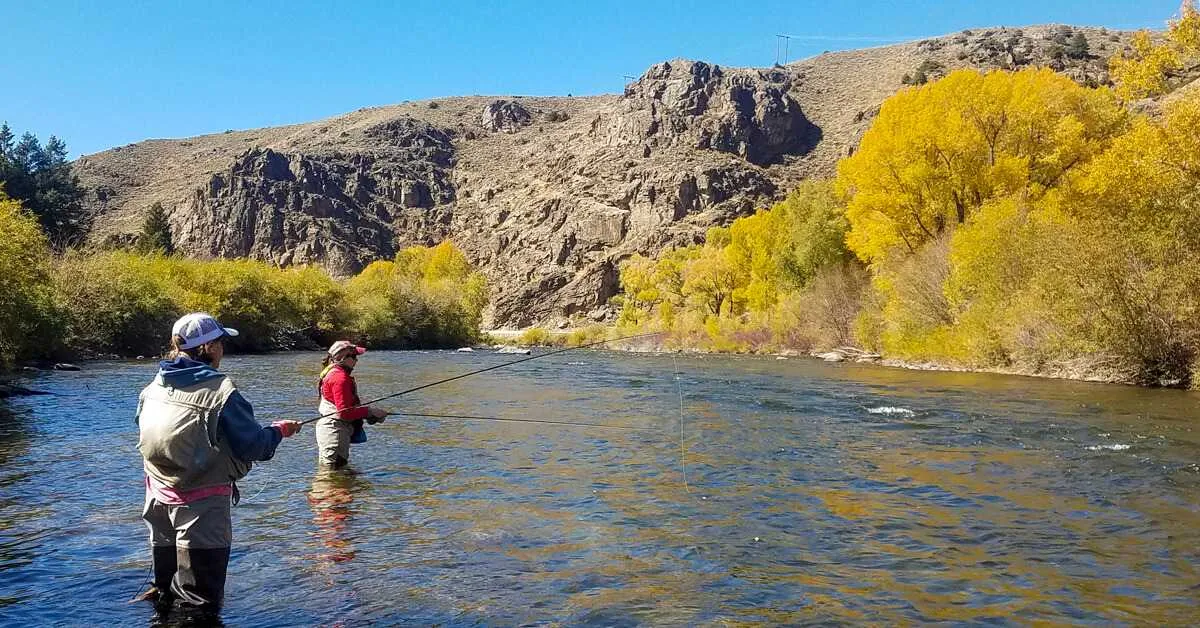
Fall River
Originating deep within the park’s remote wilderness, Fall River is a hidden treasure that provides an exceptional fishing opportunity. The upper part of the river winds its way through the picturesque Horseshoe Park, creating a peaceful environment for fishing. Moving further upstream, you will come across beaver dams and tricky pocket water, which adds a thrilling element to your fishing adventure. The elusive brown trout and brook trout in Fall River are famous for their cunning behavior, making it a satisfying challenge for committed anglers.

Cache la Poudre River
Although most of the Cache la Poudre River is not within the park, the upper sections close to its source provide excellent chances for Rocky Mountain National Park fishing. As it passes through the stunning Poudre Lake and verdant meadows, this river serves as a haven for greenback cutthroat trout, which is Colorado’s official fish and is at risk of extinction. Engaging in the special activity of catching and releasing these indigenous treasures brings about a feeling of duty to protect this valuable species. This unique experience enhances the appreciation of the park’s natural beauty and emphasizes the importance of conservation efforts.
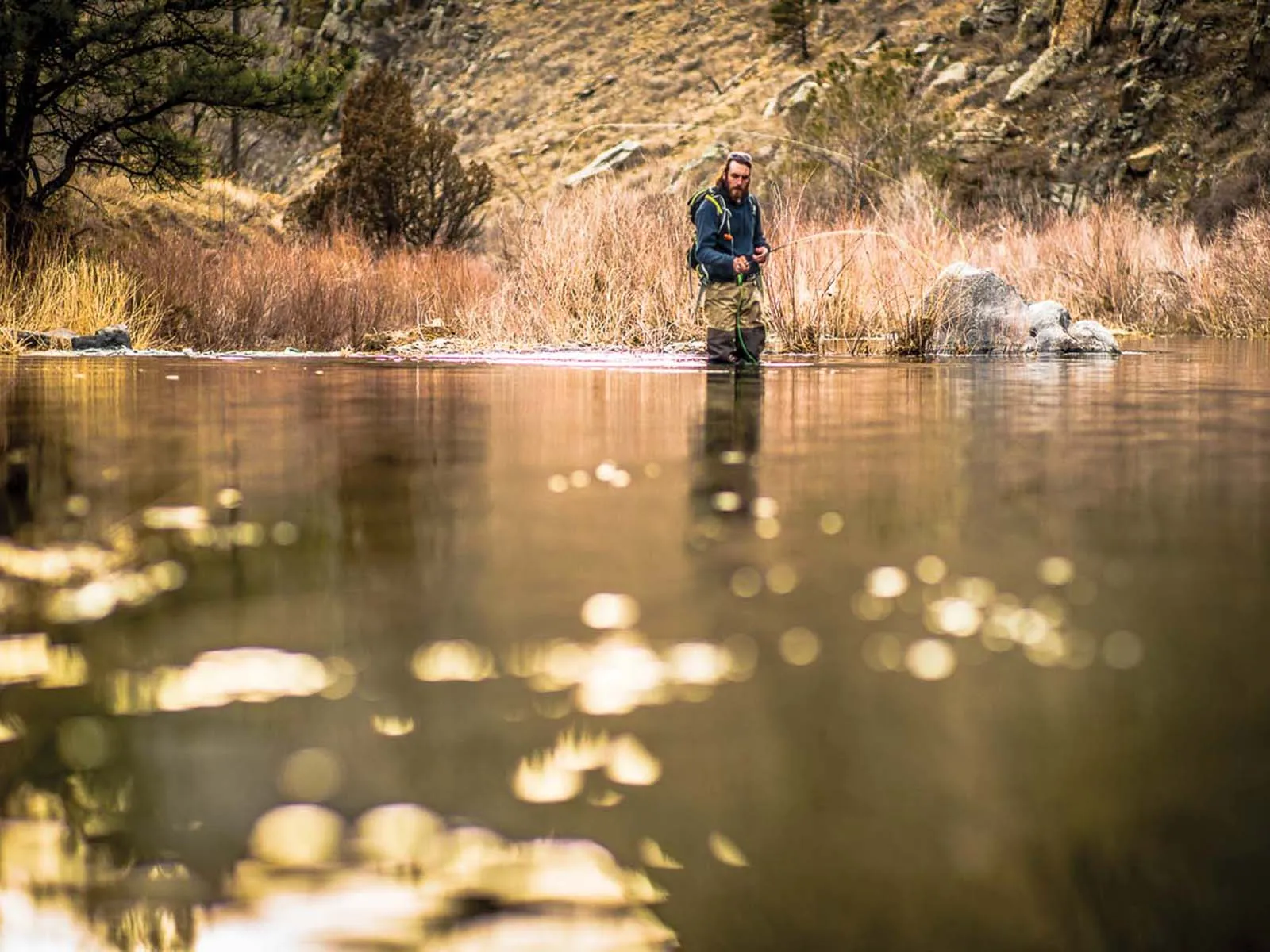
Upper North Saint Vrain Creek
Upper North Saint Vrain Creek is a secret gem for fishermen looking for peace and a genuine wilderness fishing adventure. The source of this creek is located in the southeastern part of the park, far from the busier spots. Getting to this isolated paradise might be tough, but the benefits are great. This untouched creek harbors a thriving community of brook trout and cutthroat trout, providing a natural and genuine fishing experience in the midst of the wilderness.
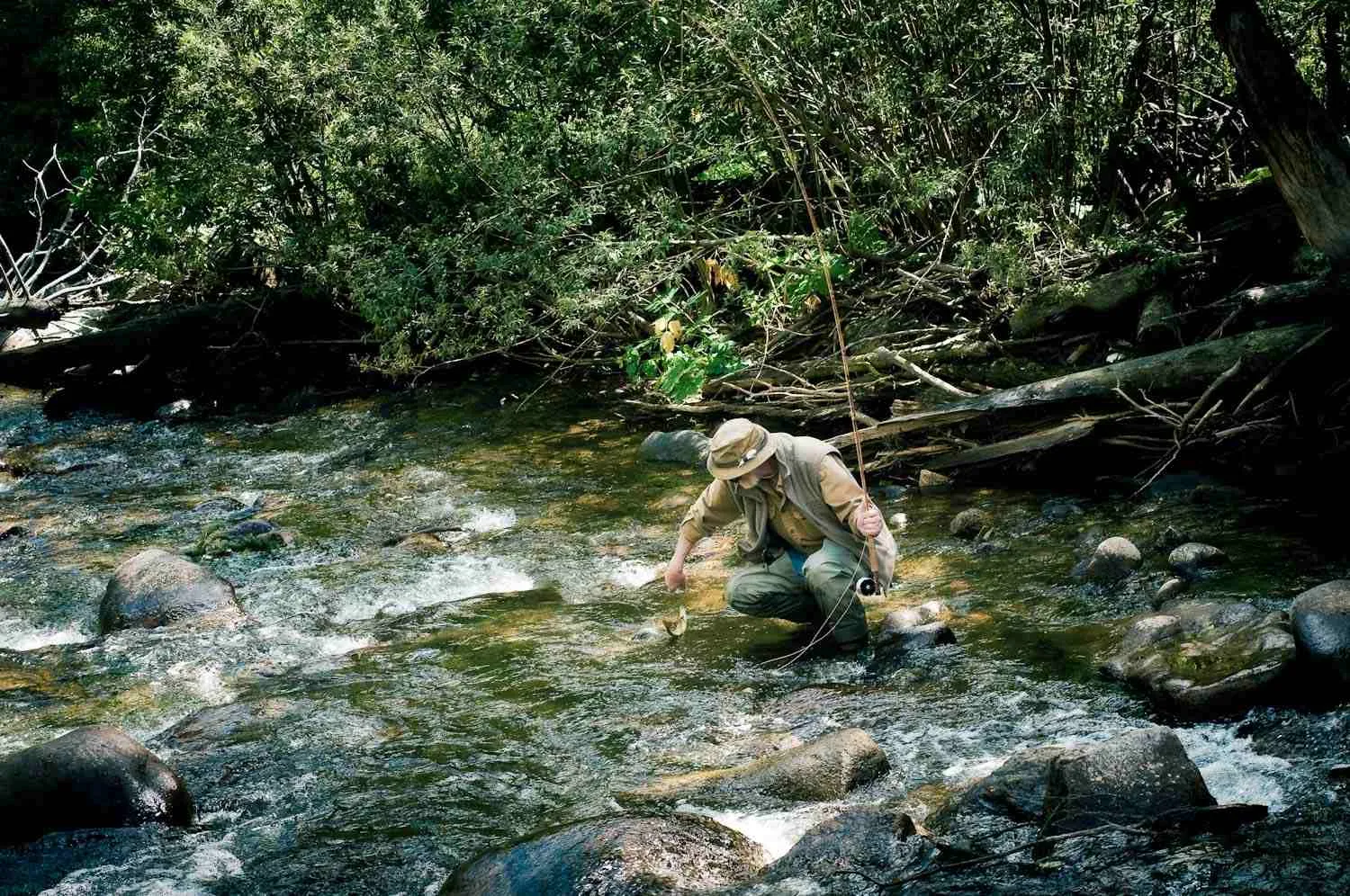
Conclusion
Rocky Mountain National Park fishing opportunities make it a must-visit destination for anglers of all skill levels. With its diverse fish populations, crystal-clear streams, and breathtaking natural beauty, the park offers an unparalleled fishing experience. So pack your gear, lace up your boots, and get ready to immerse yourself in the stunning landscapes and fishing opportunities that make Rocky Mountain National Park a paradise.


